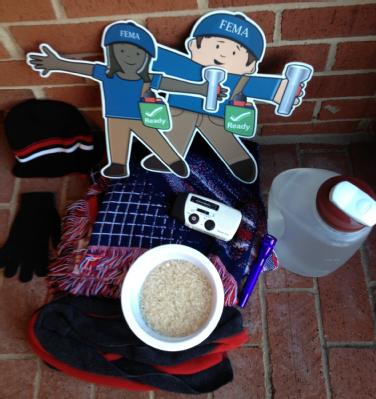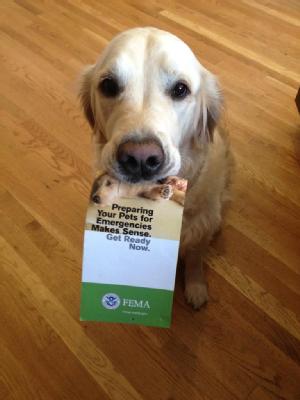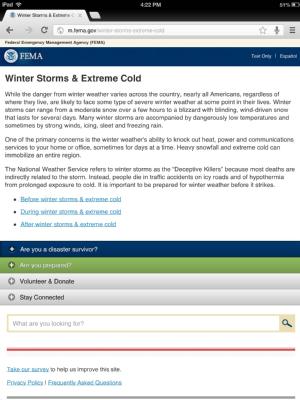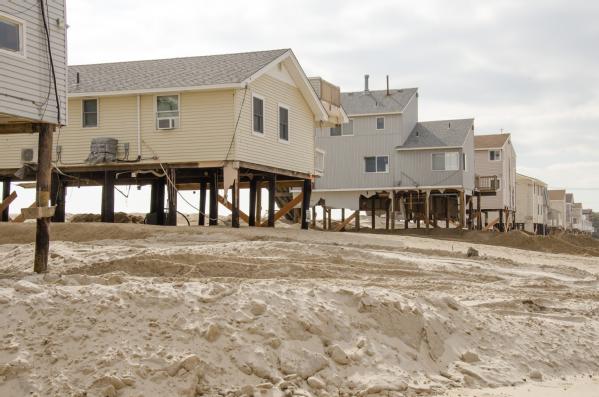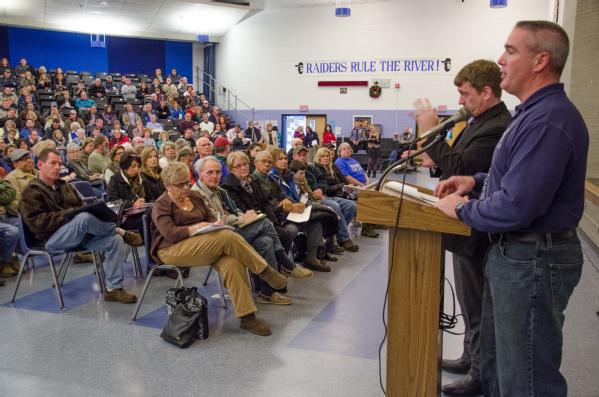Winter weather continues
March may be right around the corner, but winter weather is still taking center stage. We continue to closely monitor the impacts of the severe winter storm that’s affected much of the Central and Southern Plains for the last few days. As the storm system moves further east, forecasts from the National Weather Service are calling for snow, sleet, and rain to impact much of the East Coast this weekend. If you are in the path of the storm, make sure to stay up to date on your latest forecast at weather.gov or at mobile.weather.gov on your phone, and visit Ready.gov for tips on getting prepared.

CAPTION: Current severe weather watches and warnings, courtesy of the National Weather Service. This image updates automatically from weather.gov.
And if you or someone you know will be spending today or much of the weekend digging out from snow, remember to do so safely. Avoid overexertion when shoveling snow and wear lots of warm layers of clothing! Ready.gov/winter-weather has lots more winter safety tips for before, during, and after “Old Man Winter” blows your way.
Our favorite blog post of the week…
Comes from our friends at the Corporation for National and Community Service. It’s a story about how FEMA Corps team leader Cassie Murray was able to help Hurricane Sandy survivors learn about disaster assistance by making time to listen. Here’s a section of the blog post on Serve.gov:
Murray and her team were sent to New Jersey's Long Beach Island as part of the FEMA Community Relations team soon after the area reopened to residents. As she walked up to one home on the island, the resident saw her FEMA gear and declared, “I don't want you here, FEMA. I don't want to talk to you,” believing the agency had denied his assistance claim.
She convinced the man to show her a letter he received from FEMA and explained that it wasn't a rejection but a request for more information before the process could continue. At that point he told Murray that she needed to explain this to his neighbors, too.
Before she was done, Murray spent two hours explaining what the letters meant to a group of community residents and how they could get help. When she finished, one of the men listening put his hands on her shoulders and said, “I had no idea when I woke up today that an angel was going to walk through my door.”
The experience showed Murray the power of active listening and how important information is to people recovering from a disaster.
And if you’re not familiar with FEMA Corps, it’s a program run in cooperation with CNCS for young people between the ages of 18-24. They serve a one-year term working directly to support those impacted by disasters. (More on FEMA Corps)
Video of the week
A Mantoloking, N.J., homeowner took precautions 30 years ago and decided to build his home on pilings. Those measures helped his home withstand the surge from Hurricane Sandy.
Photos of the week
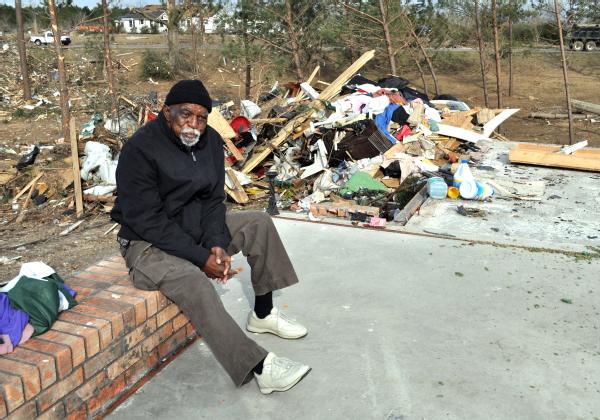
Oak Grove, Miss., Feb. 20, 2013 -- Oak Grove resident Erving Carr, sits in the remains of his home, thankful to have survived the EF-4 tornado. Mr. Carr and his wife survived without serious injury by hiding under the mattress in the bedroom. FEMA representatives are going door to door in these rural areas, offering assistance and information to help restore lives. Photo by Marilee Caliendo/FEMA

Petal, Miss., Feb. 18, 2013 -- Karrie Beardall, Disaster Recovery Center Manager, talks with an applicant and brings her a degree of comfort. FEMA's mission in a Recovery Center is not only to answer questions concerning applications, but to give survivors a place to talk with staff that cares and understands their stress. Photo by Marilee Caliendo/FEMA
Pledge to be ready for severe weather
We’re getting ready for National Severe Weather Preparedness Week - coming up on March 3-9. Much of the emergency management community will be getting the word out about staying safe from the kinds of severe weather that impact their communities, whether the threats are tornadoes, floods, hurricanes, or wildfires. You can also play an important role in spreading the message by taking the pledge to prepare at Ready.gov/pledge. And if you’re looking for resources to use when reaching out those in your community about getting prepared, there is a great toolkit on Ready.gov/severe-weather under the “Talk About Severe Weather” tab with everything you’ll need.
New disaster-related data
Finally, I wanted to let you know about two new sources of information about FEMA’s response and recovery activity. As part of the Sandy Recovery Improvement Act of 2013, we are providing regular updates about:
- Mission assignment activity – FEMA uses mission assignments to task and reimburse other federal departments and agencies to provide direct assistance during emergencies and disasters.
- Daily Public Assistance grant awards activity – The President can make Public Assistance available through FEMA to state and eligible local governments and certain private nonprofit organizations (on a cost-sharing basis).
For more about our other data sources, visit fema.gov/data-feeds.
Have a safe weekend!





